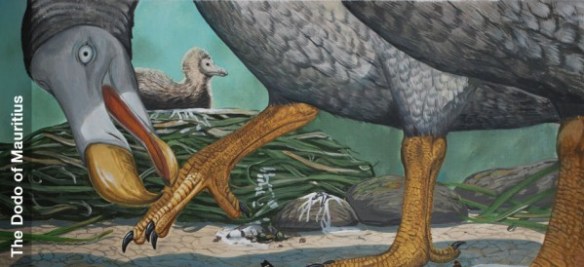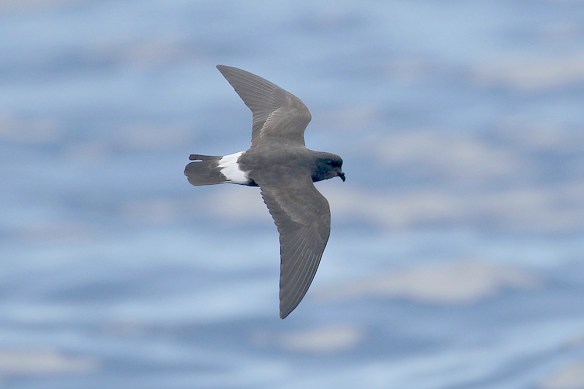 From BBC News
From BBC News
It’s known as the windscreen phenomenon. When you stop your car after a drive, there seem to be far fewer squashed insects than there used to be. Scientists have long suspected that insects are in dramatic decline, but new evidence confirms this.
Research at more than 60 protected areas in Germany suggests flying insects have declined by more than 75% over almost 30 years. And the causes are unknown. “This confirms what everybody’s been having as a gut feeling – the windscreen phenomenon where you squash fewer bugs as the decades go by,” said Caspar Hallmann of Radboud University in The Netherlands.
“This is the first study that looked into the total biomass of flying insects and it confirms our worries.”

The study is based on measurements of the biomass of all insects trapped at 63 nature protection areas in Germany over 27 years since 1989. The data includes thousands of different insects, such as bees, butterflies and moths. Scientists say the dramatic decline was seen regardless of habitat, land use and the weather, leaving them at a loss to explain what was behind it. They stressed the importance of adopting measures known to be beneficial for insects, including strips of flowers around farmland and minimising the effects of intensive agriculture.
And they said there was an urgent need to uncover the causes and extent of the decline in all airborne insects. “We don’t know exactly what the causes are,” said Hans de Kroon, also of Radboud University, who supervised the research. ”This study shows how important it is to have good monitoring programmes and we need more research right now to look into those causes – so, that has really high priority.”
The finding was even more worrying given that it was happening in nature reserves, which are meant to protect insects and other living species. ”In the modern agricultural landscape, for insects it’s a hostile environment, it’s a desert, if not worse,” said Dr de Kroon. ”And the decline there has been well documented. The big surprise is that it is also happening in adjacent nature reserves.”

The loss of insects has far-reaching consequences for entire ecosystems. Insects provide a food source for many birds, amphibians, bats and reptiles, while plants rely on insects for pollination.
The decline is more severe than found in previous studies. A survey of insects at four sites in the UK between 1973 and 2002 found losses at one of the four sites only.
Dr Lynn Dicks, from the University of East Anglia, UK, who is not connected with the study, said the paper provides new evidence for “an alarming decline” that many entomologists have suspected for some time. “If total flying insect biomass is genuinely declining at this rate (around 6% per year), it is extremely concerning,” she said. “Flying insects have really important ecological functions, for which their numbers matter a lot.”
Download the full report More than 75 percent decline over 27 years in total flying insect biomass in protected areas here

 From
From 

 Birds On The Edge and Durrell: an evening with
Birds On The Edge and Durrell: an evening with  Closer to the mainland, the wildlife and ecosystems of the Channel Islands, may not seem like classic examples of island biogeography. However, like more distant oceanic islands we currently have no native predatory mammals (several introduced ones) and none of the normal natural grazers to keep vegetation in check (not since we became islands probably) the latter roles currently partially filled by introduced rabbits and, at least in places, by managed sheep and cattle. And like the Mascarenes, Hawaii and New Zealand we are seeing the impacts of man and the animals and plants we like to surround ourselves with.
Closer to the mainland, the wildlife and ecosystems of the Channel Islands, may not seem like classic examples of island biogeography. However, like more distant oceanic islands we currently have no native predatory mammals (several introduced ones) and none of the normal natural grazers to keep vegetation in check (not since we became islands probably) the latter roles currently partially filled by introduced rabbits and, at least in places, by managed sheep and cattle. And like the Mascarenes, Hawaii and New Zealand we are seeing the impacts of man and the animals and plants we like to surround ourselves with. and just what can go wrong with them when man gets involved. Julian will give a talk on Friday 11th November at Jersey Zoo. Julian has authored many books on extinct birds, globally and particularly from the Hawaiian and Mascarene Islands (Mauritius, Reunion and Rodrigues). However, Julian is much more than an author though, his intense research into his subjects has included reconstructing and painting species known only from bones or travellers notebooks and establishing their niche in ecosystems once untroubled by
and just what can go wrong with them when man gets involved. Julian will give a talk on Friday 11th November at Jersey Zoo. Julian has authored many books on extinct birds, globally and particularly from the Hawaiian and Mascarene Islands (Mauritius, Reunion and Rodrigues). However, Julian is much more than an author though, his intense research into his subjects has included reconstructing and painting species known only from bones or travellers notebooks and establishing their niche in ecosystems once untroubled by An expert on the dodo, a species very familiar to Channel Islanders, Julian will talk about his research into the birdlife of Mauritius and his most recent discoveries on the life and observations of Etienne Thirioux, the hairdresser and amateur naturalist, whose contribution to the fossil record of Mauritius has never been bettered. Julian will illustrate his talk with contemporary artwork and his own paintings. He will reflect too on just how easily islands and their natural inhabitants can be changed for ever.
An expert on the dodo, a species very familiar to Channel Islanders, Julian will talk about his research into the birdlife of Mauritius and his most recent discoveries on the life and observations of Etienne Thirioux, the hairdresser and amateur naturalist, whose contribution to the fossil record of Mauritius has never been bettered. Julian will illustrate his talk with contemporary artwork and his own paintings. He will reflect too on just how easily islands and their natural inhabitants can be changed for ever.






 From
From 

 From
From 

 From
From 












